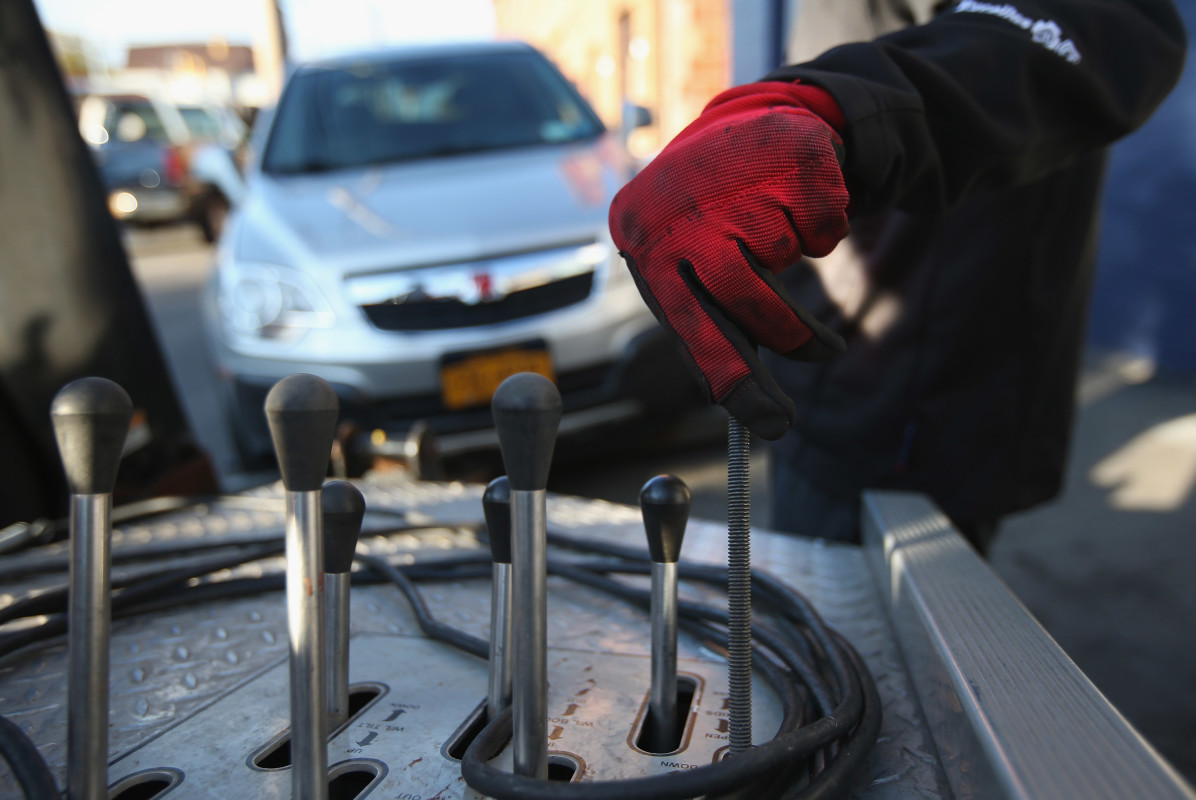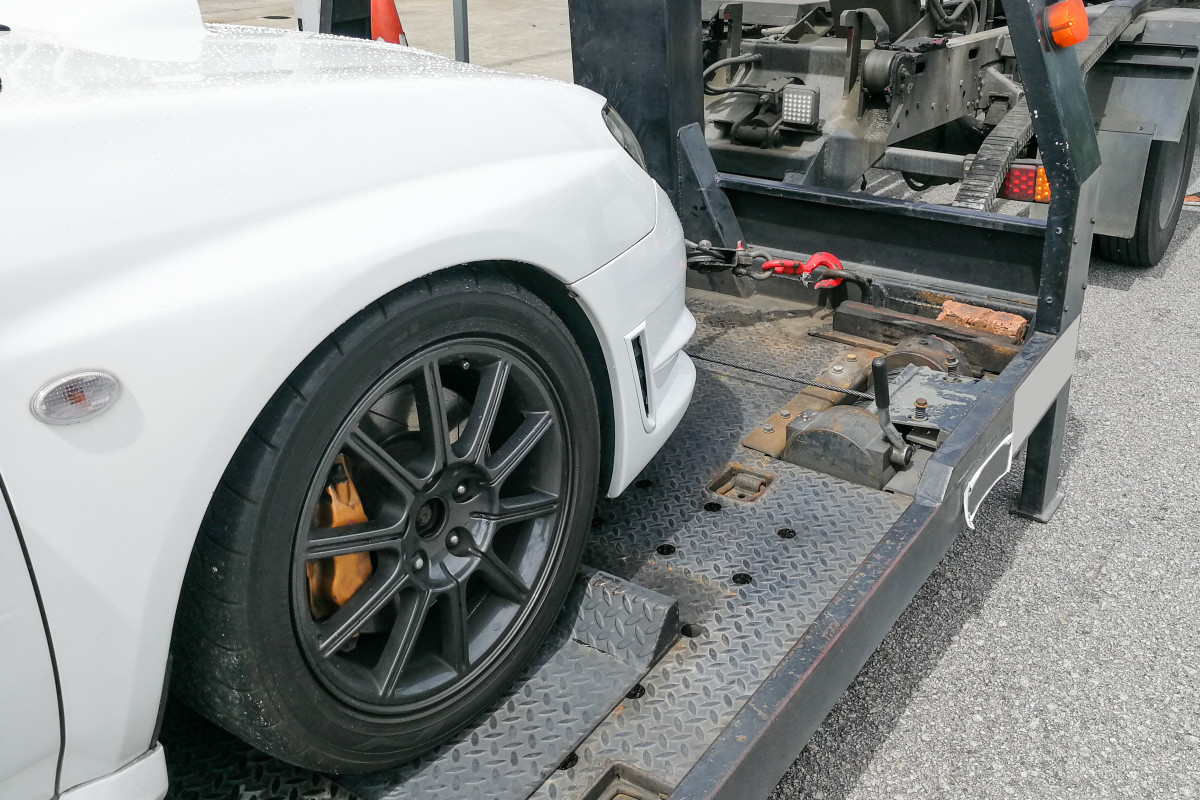The current auto market’s milestones are primarily negative
Car repossession rates in 2024 reached their highest level in over a decade at about 1.73 million. During the same year, 2,332,837 Americans defaulted on auto loans, which exceeded the number of defaults during the Great Recession’s peak. Vehicle repossessions, which naturally go hand-in-hand with auto loan defaults, increased 16% from 2023 and 43% from 2022, Bloomberg reports using Cox Automotive Data.
When car repossessions last reached this level 15 years ago, in 2009, America was experiencing the ripple effects of the financial crisis, which lasted from mid-2007 to early 2009. Elevated interest rates and higher car prices are two primary factors contributing to the repossession hike. The average new vehicle price in February was $48,039, representing a 1% year-over-year increase but a 1.3% decrease from January, according to Cox Automotive’s report sourced from Kelley Blue Book data.

Getty Images
American borrowers also no longer have the pandemic’s relief. Throughout 2020, auto finance companies offered more loan forbearances while reducing new loan interest rates. However, the situation began normalizing in 2021 before vehicle repossessions rose in 2022. Recent borrowing terms aren’t doing consumers any favors, either, as the average auto loan’s interest rate rose by five basis points to 10.16% in February, the highest in four months, and the standard monthly car payment remains high at $748, Bloomberg reports.
In 2025, late car payments in the US hit their highest mark in decades, with 6.56% of subprime borrowers at least 60 days overdue on their loans since January, according to credit agency Fitch Ratings, who said this percentage is the largest recorded since it began collecting this data in 1994. Recent trends affect Prime borrower scores less, with 60-day delinquencies increasing from 0.35% to 0.39% from January 2024 to January 2025. During February, the percentage of subprime borrowers at least 60 days overdue on their loans dropped slightly from 6.56% to 6.43%.
Prospective borrowers also appear to be facing more auto loan rejections. The Survey of Consumer Expectations Credit Access from The Reserve Bank of New York indicates that rejection rates have increased across all credit products, with the perceived probability of auto loan rejections sitting at 33.5%, the highest figure since the survey began in October 2013. Auto loans represent the second-largest consumer debt category in the US.
While the car market is looking bleak for consumers, a surge in auto loan defaults and subsequent repossessions shouldn’t trigger a significant financial crash like 2008’s housing market downfall since vehicles are a smaller market than mortgages. Auto loan debt in the US was $1.66 trillion at the end of 2024, while mortgage balances equaled $12.61 billion.

Getty Images
Final thoughts
If the numbers above weren’t troubling enough, the average price of new and used cars is projected to increase by 5% due to President Trump’s sweeping 25% tariff on all automotive imports, according to The US International Trade Commission. Vehicle prices will likely take longer to increase following Trump’s tariffs since dealers already have a large inventory of imports in stock, but once that inventory begins to dwindle, things could change fast. The US International Trade Commission also projects that a 25% auto tariff will reduce American car imports by 74%.